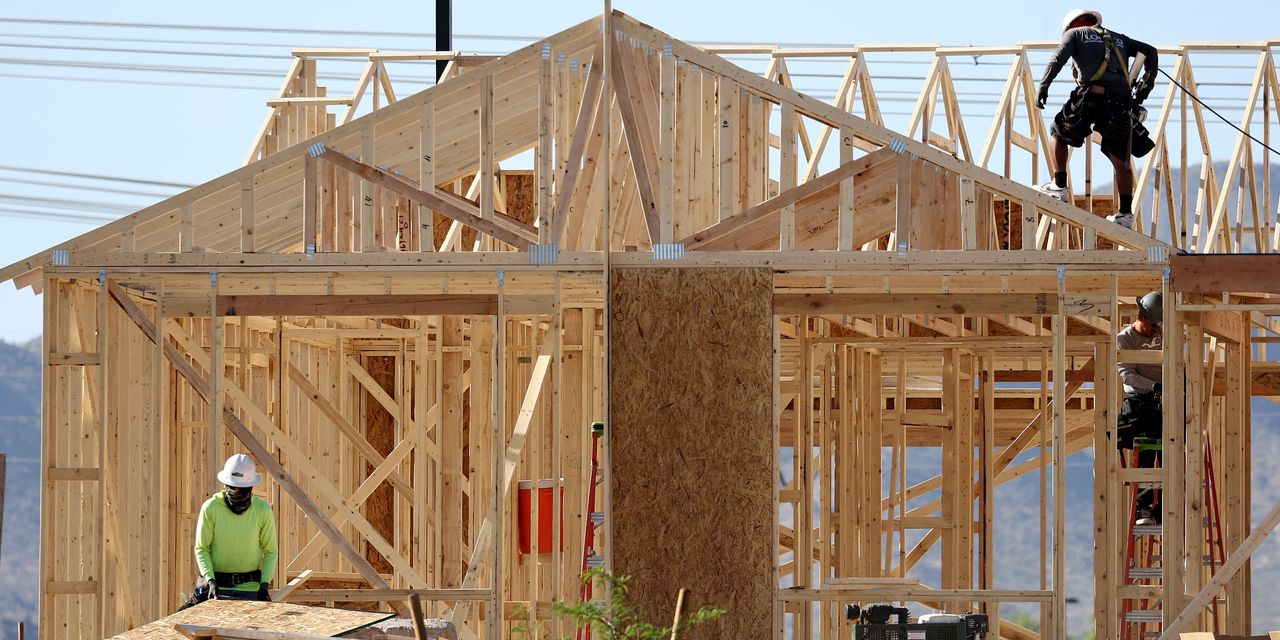The U.S. is experiencing a “rolling recession” that may be followed by a “rolling expansion” as the parts of the economy that weakened first start to recover, according to longtime strategist Ed Yardeni.
“I have had a debate with the naysayers out there who’ve been saying that we’re going to fall into a recession, and they have been saying that for quite some time,” Yardeni, the president of Yardeni Research, said in an interview. “The recession has yet to show up in terms of an economywide recession. I’ve been arguing that the economy actually has been a recession, it’s just been a rolling recession, hitting different sectors of the economy at different times.”
The first to run into trouble was single-family housing.
Yardeni said that when interest rates first started to rise significantly last year, single-family housing “fell into recession very quickly” given the sector’s sensitivity to higher borrowing costs. Although the Federal Reserve kept rates steady at the latest meeting of its policy-setting committee, it raised them in the 10 previous gatherings as it grapples with inflation that remains well above its 2% long-term target.
Now, things are turning around, which Yardeni said started him thinking. “What happens after a rolling recession?” he asked. “Perhaps a rolling expansion as the economic sectors that fell into a recession recover.”
Data on housing starts that showed new-home construction in May was at its highest level in more than a year suggest that demand has strengthened, he said. The metric, which tracks the beginning of construction on new homes, rose 21.7% in May relative to April to a seasonally adjusted annual rate of about 1.63 million, according to census data released Tuesday. The level was the highest since April 2022, while the monthly gain was the biggest since October 2016.
Single-family starts, which typically comprise the bulk of new construction, rose about 18.5% to a seasonally adjusted annual rate of 997,000—the metric’s highest level since June 2022.
It isn’t just the housing starts that Yardeni finds encouraging: Confidence among home builders as measured by the National Association of Home Builders gained for the sixth month in a row to reach 55 in June, the trade group said Monday. It was the first time since July 2022 that the metric had risen above its midpoint mark of 50, indicating an overall positive view of market conditions.
Figures under 50 mean builders are negative on conditions in the market, while results over 50 indicate they are positive.
“There have been other indicators that housing has bottomed, and so some of these areas where we’ve had a rolling recession may actually start to see a recovery, like single-family homes because there’s a shortage of existing homes,” Yardeni said “Apparently there’s demand for new homes even with mortgage rates where they are.”
The average rate on a fixed 30-year mortgage was 6.69% as of last Thursday, according to Freddie Mac ‘s weekly survey.
Another area of the economy that was hit hard and is now showing signs of a recovery is demand for goods. “Inflation adjusted consumption of goods is almost back to the trendline prior to the pandemic, so we might start to see that the demand for goods improves without weakening services very much,” said Yardeni.
He disagrees with pessimists who say the reason the U.S. hasn’t had a recession is because consumers have been spending excess savings built up during the pandemic. The concern is that as that money is depleted toward the end of the year, consumers will cut back, causing the economy to start to shrink.
Yardeni counters that the labor market remains strong, with wages and salaries still growing, and that consumers have other sources of funds, such as interest, dividends, and rents, all of which he said are at record highs.
“Consumers have the wherewithal to continue to spend,” he said. “In my opinion, it isn’t all about excess saving,” he added, noting also that many baby boomers are retiring and spending the money they have saved.
“There’s 49 million senior citizens, 65 and older, and a lot of them are baby boomers that are retired and they’re traveling, they’re going out to restaurants, they’re getting a checkup at the doctor on a regular basis,” said Yardeni.” And as a result, creating a tremendous demand for workers in restaurants and hospitality and leisure and healthcare.”
Write to Lauren Foster at [email protected]
Read the full article here


